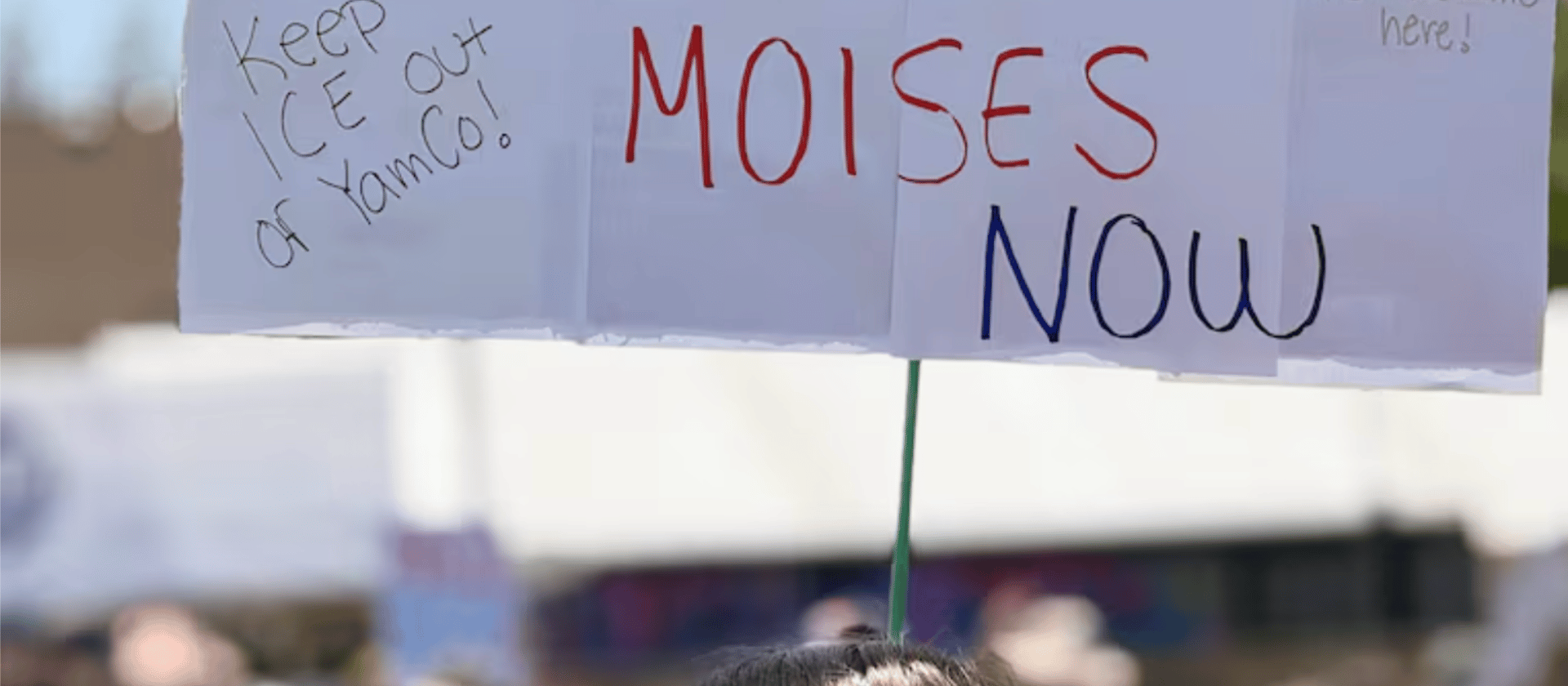Although Oregon’s labor market is stronger than it has been in decades, the recovery since the end of the Great Recession has bypassed parts of Oregon and done little to lift the wages of the typical worker. The Great Recession caused unemployment to soar. It took time for the economic recovery to gather steam, and 10 years after the end of the recession, unemployment stands at record lows. Even so, the labor market remains weaker for some communities of color and much of rural Oregon. And despite the overall jobs recovery, the wages of the typical Oregonian remain stuck in a long-term pattern of stagnation.

Oregon’s unemployment rate is the lowest it has been in decades. Unemployment dropped to 4 percent in the spring of 2018 and has remained near this low for the past year. In July of 2019, the most recent month with available data, unemployment in Oregon was once again at 4 percent.[1] This is a decline from the peak of 11.9 percent during the depths of the recession.
The unemployment rate now stands below previous lows in 1995, 2000, and 2007.

Oregon’s underemployment rate, a broader measure of those struggling to find work, also stands near record lows. The unemployment rate only captures workers without a job who are actively looking for employment. The underemployment rate includes not only the unemployed, but also those working part time despite wanting more hours, and those who are “marginally attached” to the labor force — those who are available to work and have job hunted but have not searched for work in the past four weeks. In 2018, Oregon’s quarterly underemployment rate had fallen to 8.4 percent, down from 20.7 percent when the Great Recession was at its worst.[2]

While unemployment and underemployment rates are low in Oregon, there are notable disparities for people of color. In 2018, the unemployment rate for Latino Oregonians stood at 5.6 percent, compared to the 4.1 percent unemployment rate for White Oregonians. In 2014, the last year data was available for Black Oregonians, they faced an unemployment rate twice as high as Whites.[3]

How plentiful are jobs? One answer to that question comes from the ratio of jobs per working-age Oregonians. The higher the figure, the more plentiful jobs are, helping workers bargain for better wages.
By 2019, Oregon had 75 jobs for every 100 working-age adults — the highest level since 2000.[4]

Although statewide unemployment is low, the typical Oregon worker has seen little in the way of pay increases, continuing a long-term trend of stagnant wages. Despite the big swing from record high unemployment during the depths of the Great Recession in 2009 to record low unemployment in 2018, real hourly wages for the median earner in Oregon have increased by only 3 percent. Since 1979, wages for the median earner are up only 1 percent. For most of that four-decade stretch, the median worker was making less than they did in 1979. Wages for top earners, by contrast, broke even with 1979 wages in 1998, and have continued to climb since.

The recovery from the Great Recession has been uneven across the state. Over a third of Oregon counties have yet to recover the jobs lost during the Great Recession. Of Oregon’s 36 counties, 14 experienced negative job growth from 2007 to 2018, the year with most recent data.[5] All but one of those 14 counties are rural counties.[6] The Portland metro area powered the statewide gains.

Unemployment is significantly higher in rural counties compared to urban counties. The annual unemployment rate across the counties making up the Portland metro area, considered “urban,” fell to 3.6 percent by 2018. By contrast, the unemployment rate stood at 5.5 percent across Oregon’s rural counties.
Conclusion
While Oregon’s statewide labor market is as strong as it has been in decades, the jobs recovery has been uneven. Most rural counties have yet to recover the ground lost during the Great Recession, and unemployment remains higher among some communities of color. The record low unemployment, moreover, has yet to pull wages for the typical worker out of their long-term stagnation.
[1] OCPP analysis of Bureau of Labor Statistics data. May 2019 unemployment rate is a preliminary estimate.
[2] This data is only available beginning in 2003.
[3] Bureau of Labor Statistics data is not consistently available for all racial and ethnic groups in Oregon due to small sample sizes. In 2014, the unemployment rate for Whites in Oregon was 6.8 percent; for Blacks the unemployment rate was 13.6 percent.
[4] OCPP analysis of Oregon Office of Economic Analysis data.
[5] OCPP analysis of Oregon Employment Department data.
[6] This fact sheet follows the definition of rural and urban counties used by the Oregon Employment Department for minimum wage designation. Rural (non-urban) counties include Baker, Coos, Crook, Curry, Douglas, Gilliam, Grant, Harney, Jefferson, Klamath, Lake, Malheur, Morrow, Sherman, Umatilla, Union, Wallowa, and Wheeler Counties. Urban counties include counties within the Portland urban growth boundary: Clackamas, Multnomah, and Washington Counties. The remaining counties are classified as standard.






